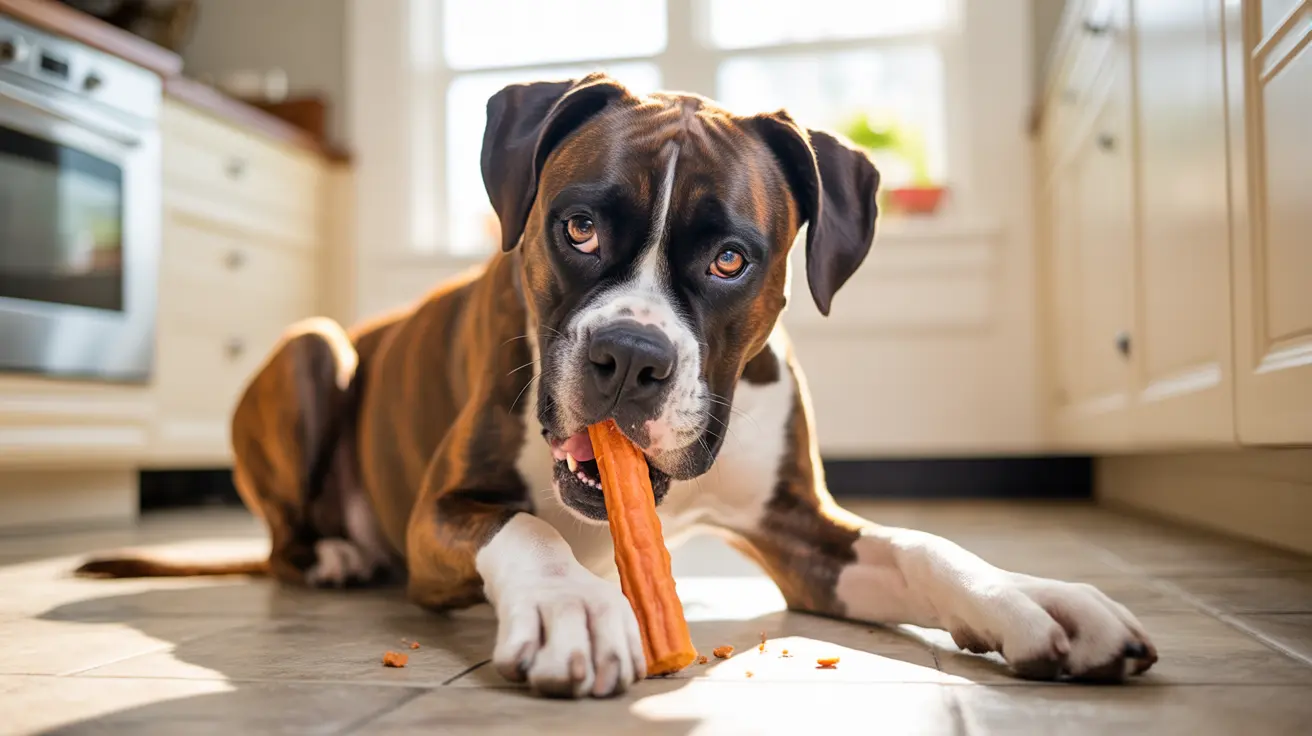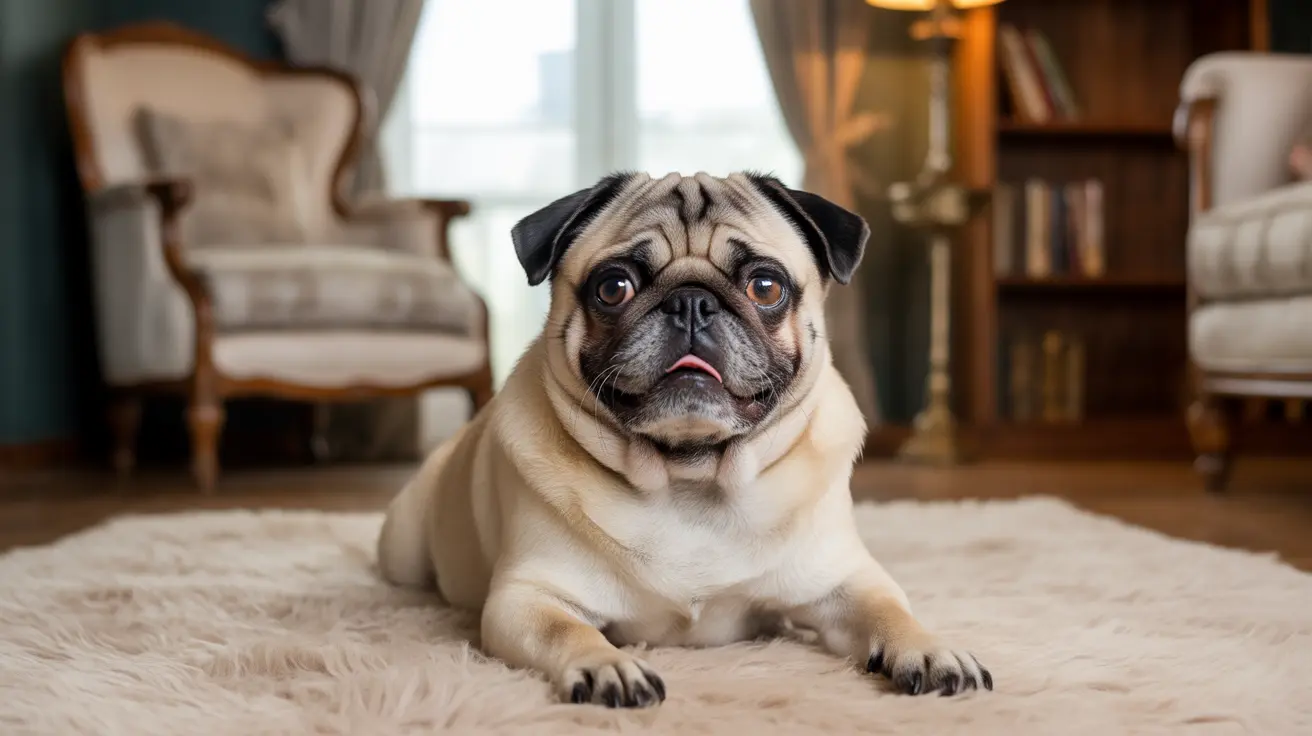Understanding and Managing the Frito Smell on Your Dog
If you've ever caught a whiff of corn chips coming from your dog’s paws, you're not alone. This aroma, often called the "Frito smell," is a common experience among dog owners. While odd, this scent is usually harmless and related to the presence of natural bacteria and yeast living on your dog’s skin. However, it can sometimes indicate underlying issues that may need attention.
Why Do My Dog’s Paws Smell Like Fritos?
The Frito smell comes from harmless bacteria and yeast that are part of the dog’s normal skin flora. Common culprits include:
- Proteus bacteria
- Pseudomonas bacteria
- Yeast species, such as Malassezia
Dogs sweat through their paw pads. When paws become warm and moist—after sleeping or walking—these microorganisms can multiply, giving off that corn-chip odor. The crevices between paw pads and fur trap moisture, enhancing microbial growth. Additionally, when dogs lick their paws, they make the area wetter, further promoting this environment.
When the Frito Smell Is Normal
In most cases, the scent is mild and doesn’t indicate any problem. As with humans, dogs naturally host bacteria and yeast on their skin, especially in moist areas like paws.
Signs That It May Be a Problem
If your dog’s paws have an especially strong or unpleasant odor, or you notice changes, it could be a sign of infection or another issue. Watch for:
- Excessive licking or chewing of paws
- Redness or swelling
- Hair loss around the paws
- Open sores or lesions
- Cracked or inflamed paw pads
- Limping or sensitivity
If these symptoms occur, consult your veterinarian. They may diagnose a bacterial or yeast infection, allergies, or skin conditions requiring treatment.
How to Reduce the Frito Smell
Practicing basic paw hygiene is the best way to keep the odor in check:
- Clean the paws regularly with dog-formulated wipes or mild soap and water.
- Dry thoroughly after washing or walking in wet conditions.
- Trim fur between the paw pads to reduce moisture retention.
- Keep nails short to avoid dirt accumulation.
- Wash bedding often to reduce bacterial transfer.
- Vacuum dog areas to reduce allergens and debris.
What You Can Give or Use for Treatment
If the Frito smell lingers despite hygiene, or if it’s accompanied by symptoms, your vet may suggest:
- Medicated wipes or sprays formulated for pets
- Antifungal or antibacterial shampoos
- Topical treatments for yeast or skin infections
- Oral medication, in case of severe or persistent infections
Avoid using human hygiene products unless advised by a vet, as they can disrupt your dog's skin flora.
Addressing Environmental and Internal Factors
Sometimes, ongoing issues could be linked to:
- Allergies: food or environmental allergies can lead to licking and infections.
- Diet: ensuring a balanced diet helps maintain skin health.
- Environment: heavily polluted areas, urban walks, or wet settings can increase exposure to irritants.
Managing allergies with proper treatment can drastically reduce secondary skin conditions and accompanying odors.
What Not to Do
- Don’t use human deodorants, powders, or antiseptics on your dog’s paws.
- Don’t over-wash; excessive cleaning can strip essential oils and upset the skin’s balance.
- Don’t ignore prolonged or worsening odor.
Could the Smell Come from Somewhere Else?
Although the paws are the most common source, the corn chip smell could also originate from:
- Skin folds (especially in wrinkly breeds)
- Ears experiencing yeast infections
If cleaning paws doesn’t help, inspect other moist regions and consult a vet.
The Bottom Line
In healthy dogs, a Frito-like odor from the paws is generally harmless and even normal. Practicing good hygiene and being observant about changes will ensure your dog remains comfortable and safe. When in doubt, always consult a veterinarian for the best course of action.





